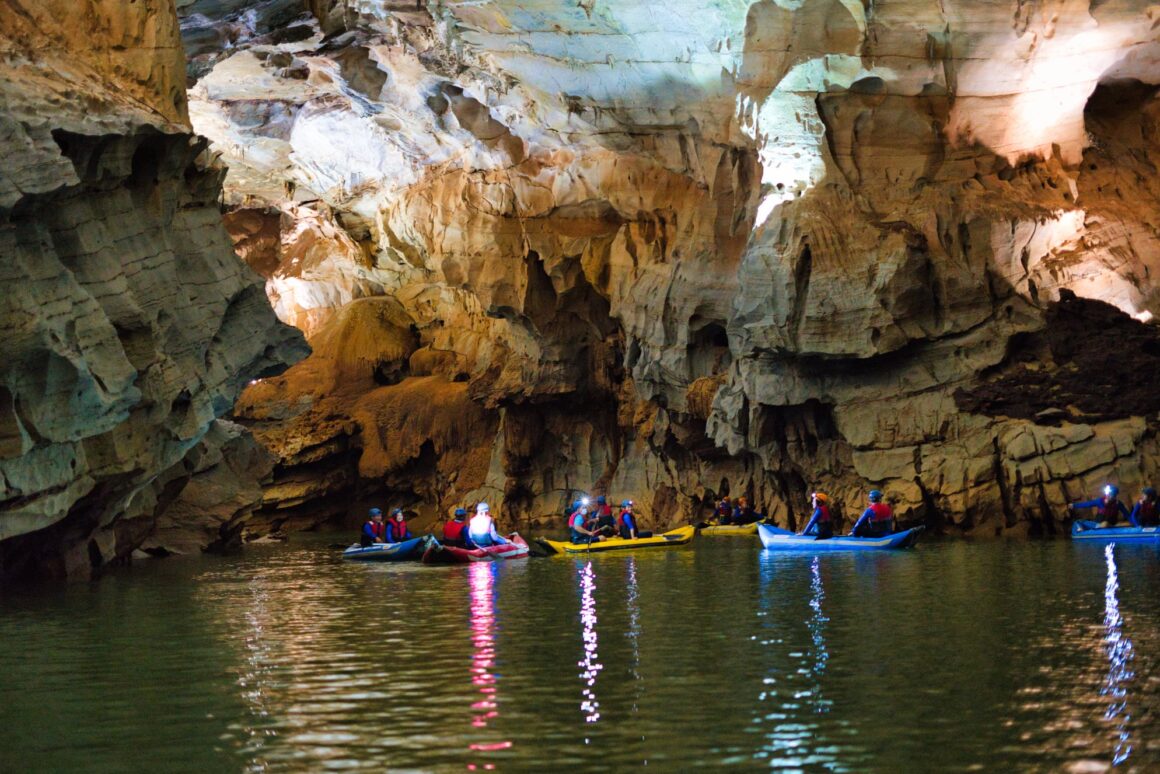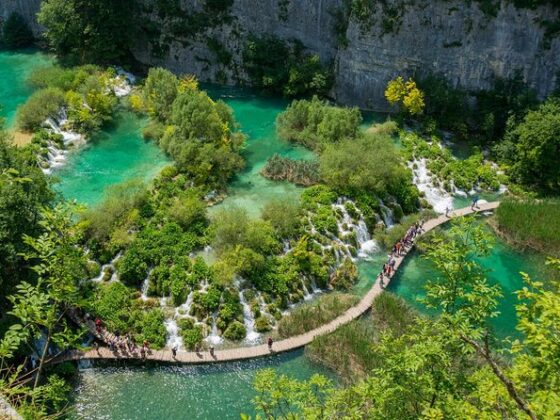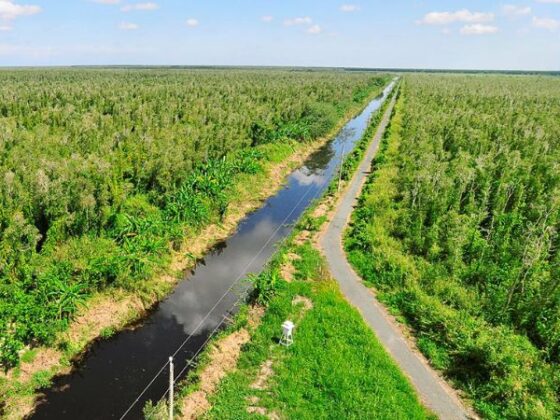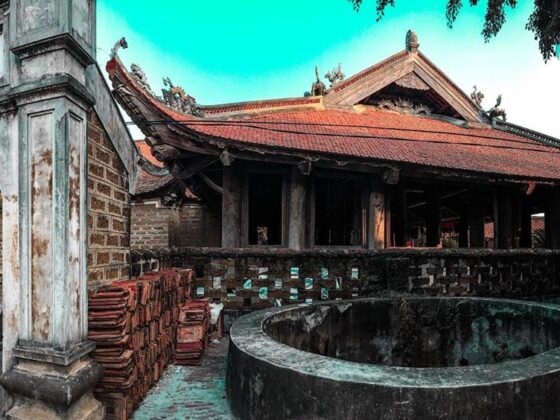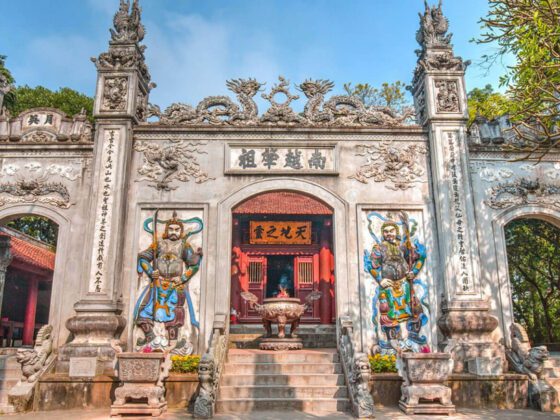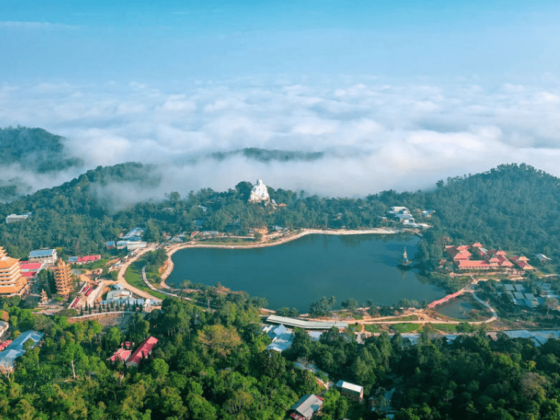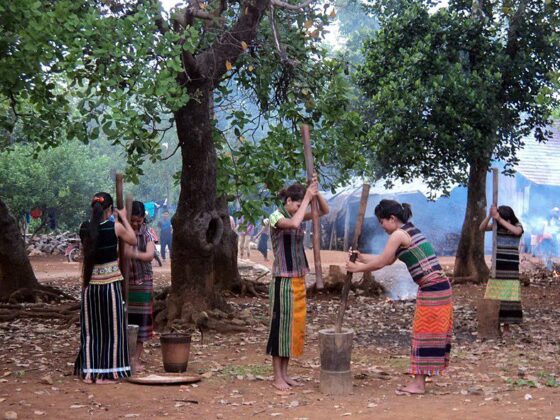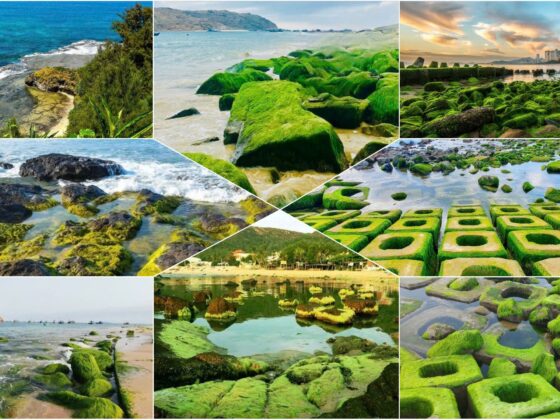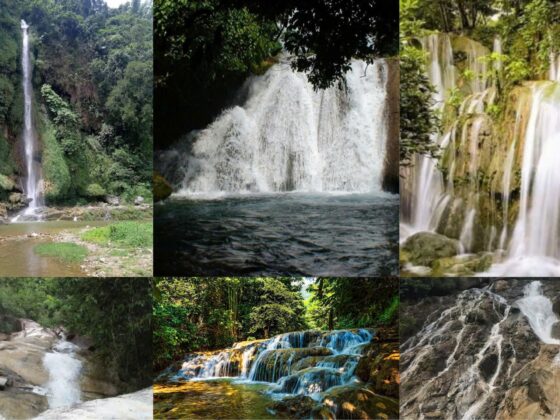Table of Contents Show
For many overseas travelers, Vietnam’s adventure map points to the usual highlights: Ha Long Bay, Hội An’s lantern-lit streets, or trekking in Sa Pa. But tucked away in Quảng Bình Province lies an experience that feels like stepping into another world: Phong Nha–Kẻ Bàng, home to vast limestone mountains and some of the largest caves on earth. My journey into Phong Nha cave trekking wasn’t just a physical challenge — it was a story of wonder, culture, and connection that I’ll never forget.
Read more interesting posts here:
- Market Trails: A Trekker’s Journey to the Vibrant Bắc Hà Sunday Market
- Lảo Thẩn Mountain Trek: Conquer the Untamed Dragon’s Spine
- Salt and Silence: A Guide to Côn Đảo National Park Trekking
The journey begins: the trek to the cave entrance
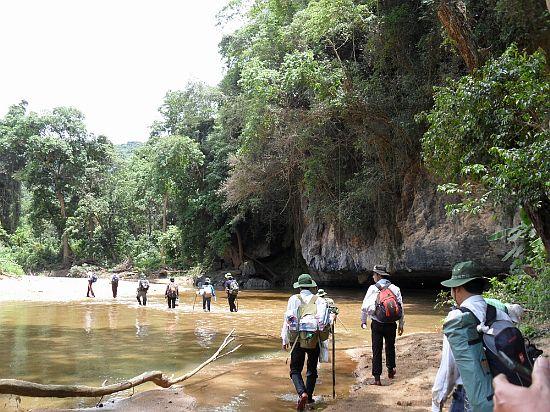
We began with the climb, an uphill trail that tested every muscle. The heat pressed down, thick with humidity, and our packs seemed to grow heavier with each step. The jungle hummed with cicadas, leaves glistening under the morning sun. It wasn’t easy, but as every traveler learns quickly in Vietnam, effort is part of the reward. By the time we reached the cave mouth, a cathedral of stone framed in vines, we understood why Phong Nha cave trekking is as much about endurance as it is about wonder — the struggle melted into awe.
Inside, the air shifted. Cool, damp, echoing. Stalactites and stalagmites rose like ancient sculptures carved by patient hands of time. Our headlamps cut thin beams through the darkness, revealing glistening walls that seemed to breathe. At one point, our guide asked us to switch off the lights. In that complete blackness, I understood what silence truly meant. It wasn’t emptiness, it was fullness. The cave held us in its stillness, as if guarding a secret — a moment that defined why Phong Nha cave trekking is unlike any other journey.
What makes Phong Nha cave trekking so special?
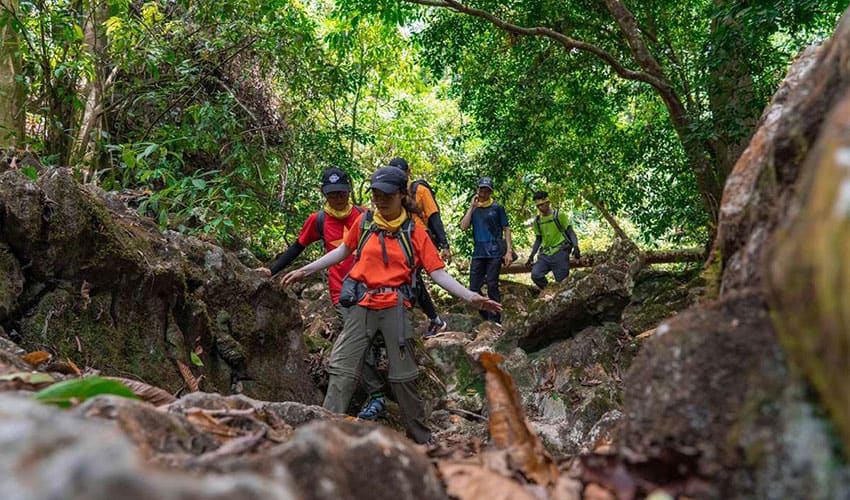
Phong Nha–Kẻ Bàng is a labyrinth of wonders. To date, over 300 caves have been discovered in this UNESCO-listed park, many still being explored by scientists and adventurers alike. Some are short and accessible, others stretch for staggering distances. The cave we explored that day extended for nearly 7 kilometers, though only a portion is open to visitors. The idea that the passage kept winding on, through hidden rivers and chambers the size of cathedrals, was almost impossible to grasp, a reminder of just how vast and humbling Phong Nha cave trekking can be.
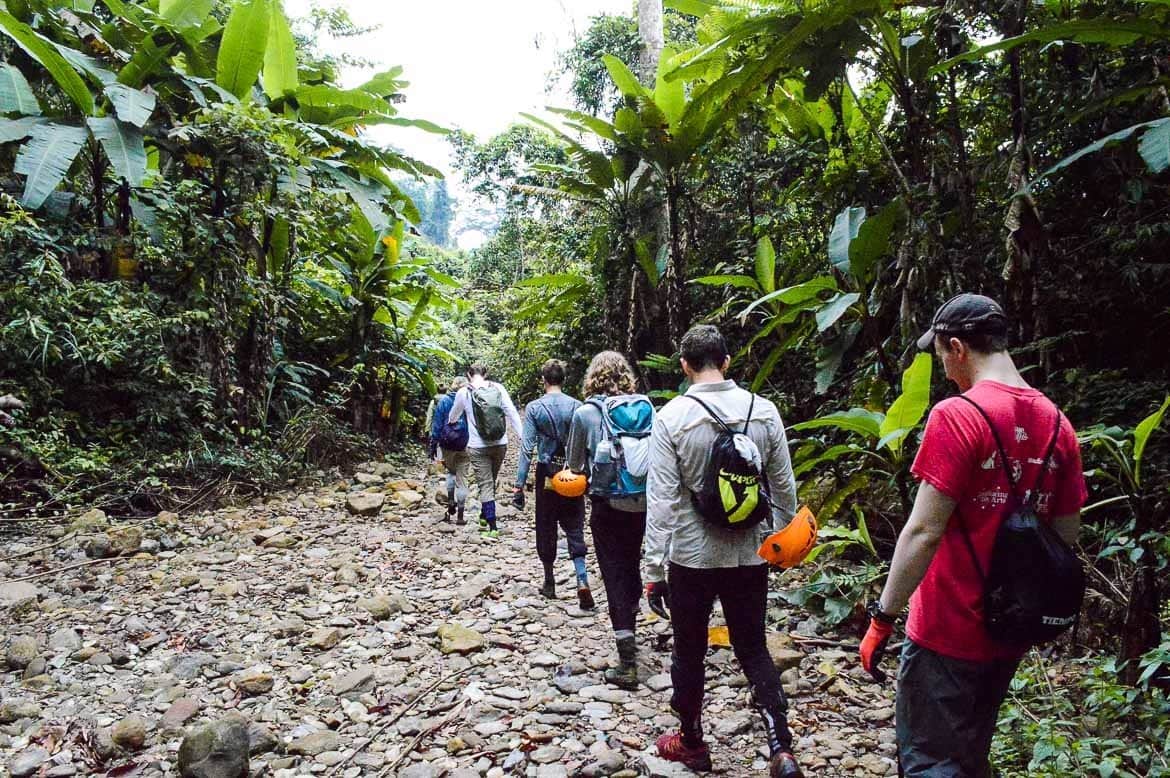
One of my best personal experiences here was when our guides led us to a hidden underground water source. We stripped off our packs, clambered down slick rocks, and dipped into the inky water. It was freezing cold, the kind of shock that steals your breath, and utterly dark, save for the glow of our headlamps bouncing against the walls. For a moment, it felt like floating inside a secret world that very few ever see.
But the magic came with caution: the rocks were ultra-slippery, the cold biting, and the darkness absolute. Without our guides’ flashlights, knowledge, and steady hands, it would have been dangerously easy to lose footing — a stark reminder of why Phong Nha cave trekking demands both respect and preparation.
The importance of a guide for Phong Nha cave trekking
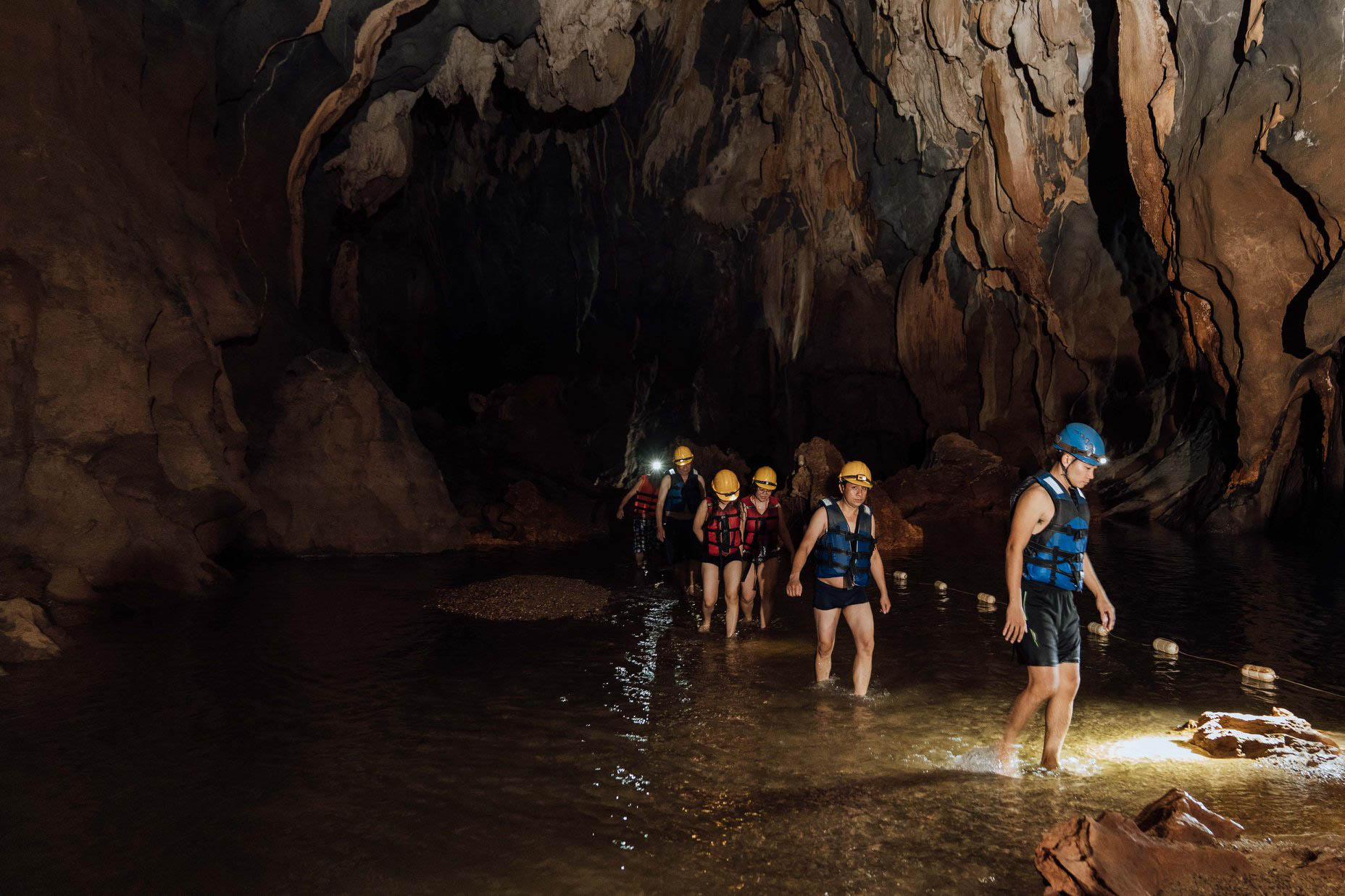
Experiences like this remind you why caves are never meant to be explored alone. It’s worth saying clearly: never approach a Phong Nha cave trekking trip alone. The terrain is challenging, confusing, and unforgiving. Without proper knowledge, it’s dangerously easy to get lost or injured. A qualified guide isn’t optional here — it’s essential. Their expertise ensures not only safety but also a deeper experience, as they share the stories, geology, and culture hidden in every corner of the park.
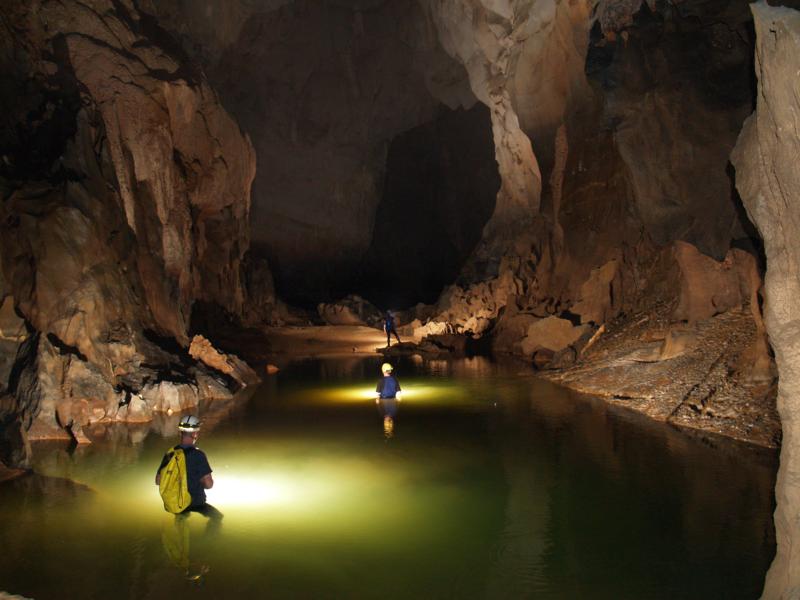
What surprised me most was the cultural layer hidden inside this wilderness. Our local guides, born in nearby villages, told us stories of how these caves once sheltered families during the war, protecting entire communities from bombings. They spoke of hidden rivers that still pulse beneath the mountains, connecting unseen worlds underground. These weren’t just natural wonders, they were living archives of resilience and survival — layers of history you only truly grasp when experiencing Phong Nha cave trekking firsthand.
It’s worth saying clearly: never approach this trip alone. The terrain in Phong Nha is challenging, confusing, and unforgiving, with passages that twist and overlap like a labyrinth. Without proper knowledge, it’s dangerously easy to get lost or injured. A qualified guide isn’t optional here, it’s essential. Their expertise ensures not only safety, but also a deeper experience, as they share the stories, geology, and culture hidden in every corner of the park — the kind of insights that make Phong Nha cave trekking both unforgettable and safe.
Conclusion
Emerging back into daylight felt like being reborn. For overseas travelers, a Phong Nha cave trekking adventure is more than a destination. It’s a chance to push your body, to immerse in landscapes that exist nowhere else on earth, and to connect with people whose stories deepen your understanding of Vietnam. It’s a reminder that travel isn’t about collecting places, but about letting places collect you — holding you, shaping you, and leaving you different than when you arrived.
Ready to discover your own trail tale? Join our community of explorers in the ExoTrails Facebook Group and follow the ExoTrails Fanpage for daily inspiration and trail tips!
FAQs
What is the best way to see the caves in Phong Nha?
The best way is through a guided tour, which can range from easy day trips to multi-day trekking and caving expeditions, depending on your fitness level.
Is it safe to go caving in Phong Nha alone?
No, it is extremely dangerous and strictly not recommended. The terrain is complex and remote, and a certified local guide is essential for safety.
What makes Phong Nha-Kẻ Bàng so special?
It is home to the world’s largest cave, Son Doong, and a vast network of other spectacular caves, set within a stunning limestone karst and jungle landscape.
What is the most adventurous thing to do in Vietnam?
A multi-day expedition into one of Phong Nha’s remote caves, like Hang En or Son Doong, is widely considered one of the most adventurous experiences in Vietnam.
Do I need a guide for trekking in Phong Nha?
Yes, a guide is absolutely necessary for any trekking or caving that goes beyond the easily accessible “tourist” caves. They are required for safety and park regulations.

